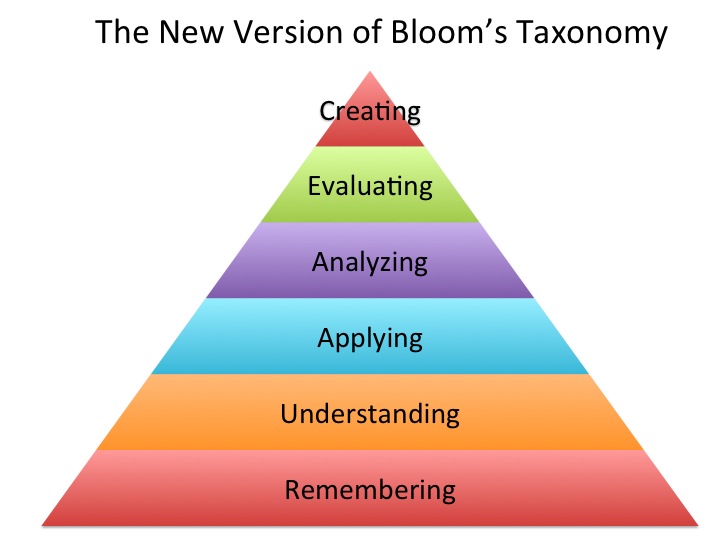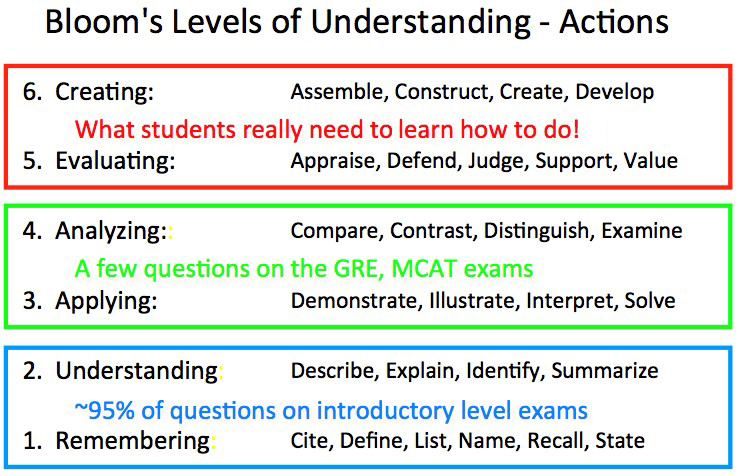An article in The Chronicle of Higher Education caught my attention this past week: The Unwritten Rules of College by Dan Berrett (September 21, 2015), profiled art history professor Mary-Ann Winkelmes and her quest to help students learn how to learn.
 Winkelmes, the former director of Harvard’s Derek Bok Center for Teaching and Learning, has also trained faculty in teaching at the University of Chicago, the University of Illinois at Urbana-Champaign, and, currently, at the University of Nevada, Las Vegas where she is principal investigator of Transparency in Teaching and Learning in Higher Education. This project seeks “to improve higher education teaching and learning experiences for faculty and students through two main activities:
Winkelmes, the former director of Harvard’s Derek Bok Center for Teaching and Learning, has also trained faculty in teaching at the University of Chicago, the University of Illinois at Urbana-Champaign, and, currently, at the University of Nevada, Las Vegas where she is principal investigator of Transparency in Teaching and Learning in Higher Education. This project seeks “to improve higher education teaching and learning experiences for faculty and students through two main activities:
- promoting students’ conscious understanding of how they learn, and
- enabling faculty to gather, share and promptly benefit from current data about students’ learning by coordinating their efforts across disciplines, institutions and countries.
A primary focus for Winkelmes has been reaching out to students who are first generation college students or otherwise may not understand what she calls “the secret, unwritten rules of how to succeed in college.” [See: Winkelmes, Mary-Ann. “Equity of Access and Equity of Experience in Higher Education.” National Teaching and Learning Forum, 24, 2 (February 2015), 1-4.] “As an increasingly broad and diverse cross section of students enters higher education, knowing those rules matters more than ever. Without them, students stumble. They might miss the point of a paper, drift during discussions, or feel overwhelmed or aimless. But all students can thrive, Ms. Winkelmes says, if the tacit curriculum is made plain.”
Winkelmes’ findings from the Transparency in Teaching and Learning in Higher Education project point to giving assignments in a transparent manner as having a “significant effect on students.” Faculty involved in the project considered three questions when creating assignments: the task, the purpose, and the criteria.
Defining the task means that the students are told exactly what they are to do. Students should also know the purpose of the assignment. Why are they being asked to do this and what is the instructor’s goal? What are the criteria that will be used to evaluate the work that the students submit?
The article provides details on how several faculty took assignments they had used in the past, reviewed them using the three questions, and then implemented improved versions of the assignments in their classes. While some faculty have pushed back on the process, others have found it to be valuable, saying that clarifying the assignment at the outset helps save time in the long run.
This relatively easy technique has proved to have a big impact. “In the classroom, knowing the task, purpose, and criteria can help motivate students and make their courses relevant. In other areas, the information can help them navigate an intimidating system. To Ms. Winkelmes, the protocol helps students meet higher expectations of rigor, which, in turn, can ensure equity in educational quality.”
*********************************************************************************************************
Macie Hall, Senior Instructional Designer
Center for Educational Resources
Image Source: Pixabay.com











